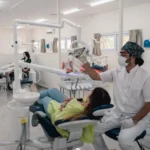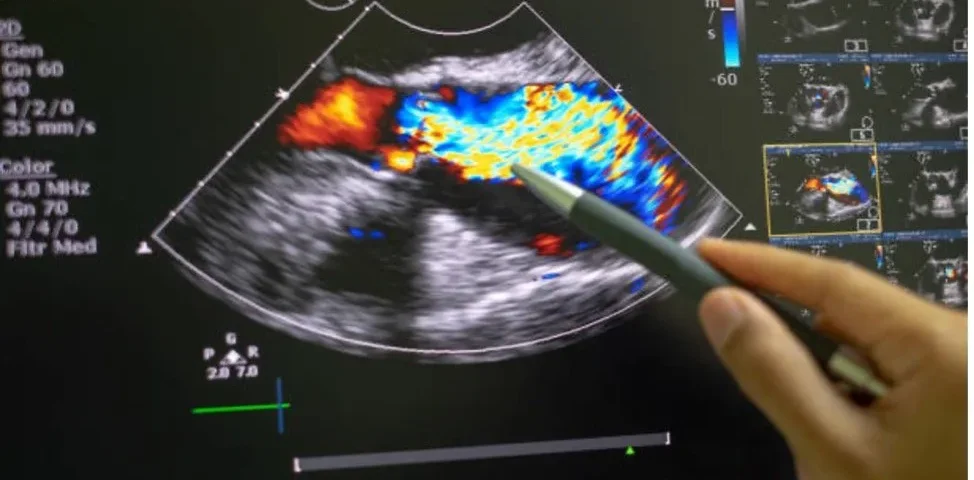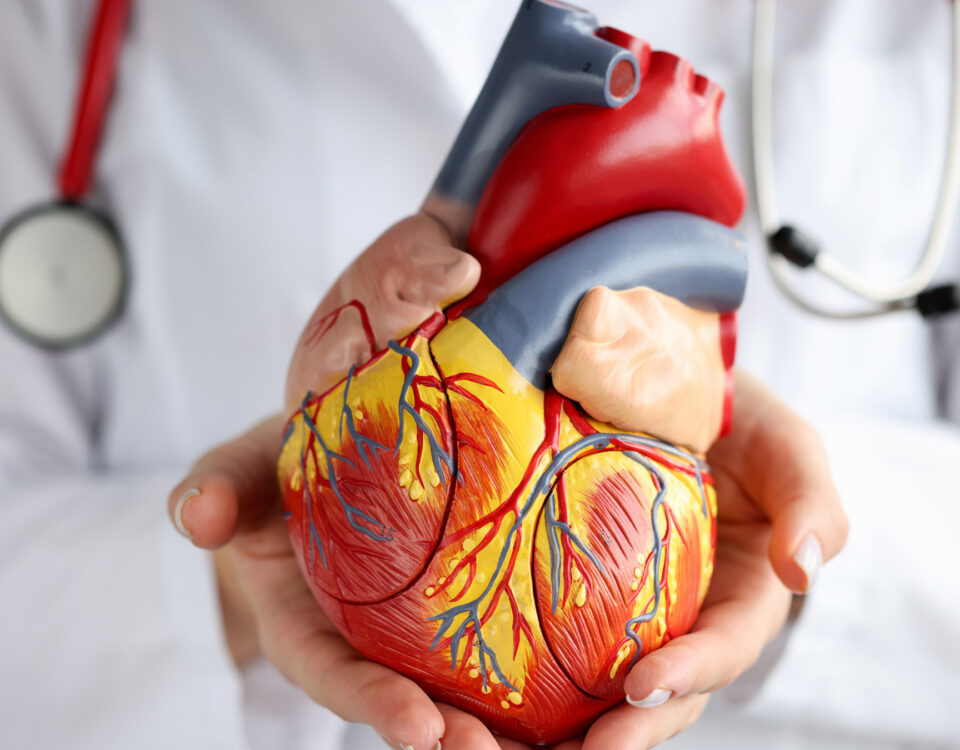
Examining the Latest Research in Orthopedic Care
October 6, 2025
The Role of Urgent Dental Care in Preventing More Serious Issues
October 6, 2025An echocardiogram is a common imaging test that uses sound waves to create pictures of your heart. This noninvasive procedure allows your doctor to see your heart beating and pumping blood. Over the years, the technology behind echocardiography has advanced, offering more detailed and precise views of the heart’s structure and function. Understanding these developments can help you feel more informed about the care you receive.
How Has Imaging Technology Evolved?
Echocardiogram technology has progressed significantly from its early days. The first machines produced simple, one-dimensional images, providing basic information about the heart’s structures. Today, modern machines offer far more sophisticated imaging capabilities. Two-dimensional (2D) echocardiography remains a standard imaging technique, creating cross-sectional “slices” of the heart that show its chambers, valves, and walls in motion.
Building on this foundation, three-dimensional (3D) echocardiography now provides a more comprehensive and lifelike view. Instead of flat, 2D pictures, doctors can see the heart’s anatomy in depth, much like a hologram. This detailed perspective helps them assess the complex relationships between different parts of the heart, particularly the valves. These advancements give your healthcare team a clearer understanding of your heart’s overall health and function.
How Has Image Accuracy Improved?
Modern echocardiogram techniques have introduced new methods for measuring heart function with greater precision. Strain imaging is one such technique that analyzes the movement and deformation of the heart muscle. It tracks small segments of the muscle tissue to detect subtle changes in function that might not be visible with traditional echo methods. This provides early indications of how well the heart muscle is working.
Another development is contrast echocardiography. In this procedure, a special contrast agent is introduced into your bloodstream to enhance the ultrasound images. The agent consists of tiny microbubbles that reflect the sound waves, making the blood flow within the heart chambers more visible. This helps define the heart’s inner lining more accurately and can improve the accuracy of measurements, especially when standard images are unclear.
How Do Advanced Techniques Aid Prevention?
Advanced echocardiogram techniques are powerful tools for early detection and ongoing monitoring of heart conditions. By identifying subtle issues before they become more serious, these methods support a proactive approach to your heart health. They help your doctor understand changes in your heart function over time, allowing for timely adjustments to your care plan.
These techniques provide specific insights that can guide preventative strategies.
- 3D Echocardiography: Provides detailed anatomical views to help plan procedures and monitor conditions like valvular heart disease with greater precision.
- Strain Imaging: Detects early signs of heart muscle dysfunction, even when the heart’s overall pumping function appears normal. This is useful for monitoring patients with high blood pressure or those undergoing certain medical treatments.
- Contrast Echocardiography: Improves the visualization of heart structures and blood flow, leading to more accurate assessments of heart function after a heart attack or in patients with weakened heart muscle.
These methods provide a more in-depth look into your heart’s health. They equip your healthcare provider with detailed information, helping to create a personalized care plan focused on prevention and long-term well-being. This information empowers you and your doctor to make informed decisions together.
Schedule an Echocardiogram
Discussing your heart health with a medical professional is a positive step toward managing your well-being. An echocardiogram can provide valuable information about your heart’s structure and function. If you have questions about this test or your cardiovascular health, speaking with your doctor can provide clarity and guidance. You can work with your healthcare team to determine if an echocardiogram is the right next step for you.





